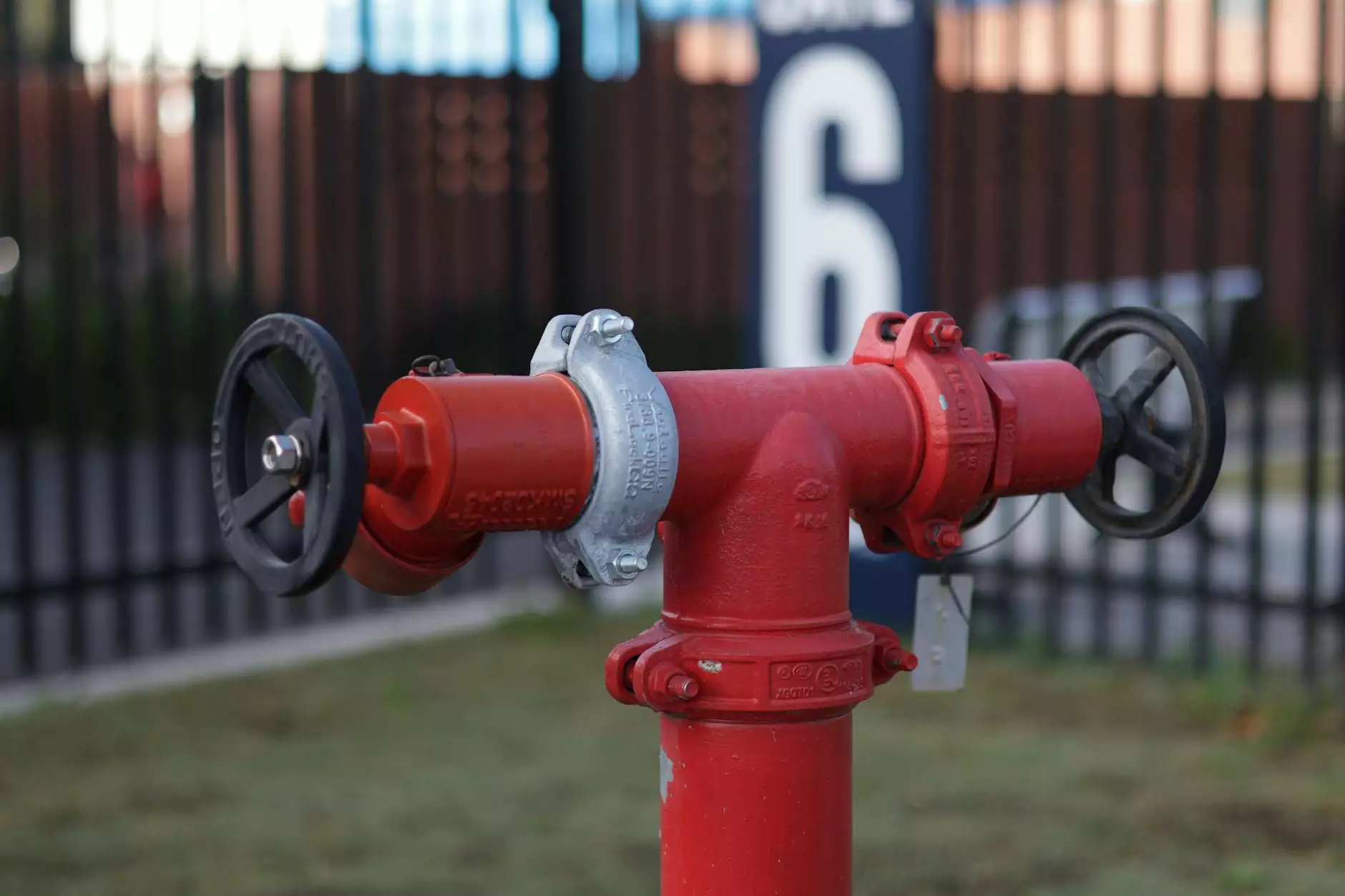Understanding the Cost to Fix Pectus Excavatum

Pectus excavatum, commonly referred to as funnel chest, is a congenital condition where the breastbone is sunken into the chest. This deformity can result in a range of physical symptoms and cosmetic concerns that can significantly affect an individual’s quality of life. As patients seek treatment, a common question arises: how much does it cost to fix pectus excavatum?
What is Pectus Excavatum?
Pectus excavatum is the most common chest wall deformity, affecting about 1 in 300 births. The condition can vary in severity, with some individuals experiencing minimal symptoms while others may face more serious complications, including:
- Respiratory issues: Difficulty in breathing, particularly during exercise.
- Cardiovascular problems: Compression of the heart and vessels can lead to reduced cardiovascular efficiency.
- Postural concerns: Poor posture can develop as patients adjust their stance to compensate for the deformity.
- Psychosocial effects: Low self-esteem or social anxiety related to the appearance of the chest.
Why Address Pectus Excavatum?
When addressing the question of how much does it cost to fix pectus excavatum, it's essential to recognize the potential benefits of treatment. Correcting this condition can enhance both physical health and emotional well-being.
Cost Overview for Treatment
The cost to fix pectus excavatum can vary widely based on several factors. Here’s a breakdown of those factors:
1. Type of Surgery
There are primarily two types of surgical procedures used for correcting pectus excavatum:
- Nuss Procedure: Involves the placement of a curved metal bar under the sternum to elevate it. This is often less invasive and typically has a shorter recovery time.
- Ravitch Procedure: This involves removing cartilage and repositioning the sternum and ribs. It is a more invasive option and may have a longer recovery time.
2. Geographic Location
The location of the surgery plays a significant role in determining the overall cost. Urban centers or areas with high living costs usually charge more than rural areas. For example, hospitals in cities like New York or Los Angeles often have higher fees.
3. Hospital or Surgical Center Fees
Fees from the hospital or surgical center where the procedure is performed are another considerable component of the total cost. Facilities that have higher rankings or specialties in pediatric or thoracic surgery may charge more for their services.
4. Surgeon’s Experience
The surgeon's level of experience and expertise can also affect the price. Highly experienced surgeons who specialize in pectus excavatum repairs often receive higher compensation, reflecting their skills and success rates.
5. Insurance Coverage
Insurance can significantly impact out-of-pocket costs. Many insurance providers view pectus excavatum surgery as medically necessary, especially if it impacts breathing or the quality of life. Always check with your insurance provider to understand what they will cover and what your deductibles might be.
Breaking Down the Costs
On average, patients can expect to pay between $30,000 and $60,000 for surgery to correct pectus excavatum without insurance. This costs encompasses pre-operative evaluations, the surgery itself, and post-operative care. Here’s a closer look:
- Pre-operative evaluations: $1,000 to $3,000
- Surgery: $15,000 to $30,000
- Hospital stay: $2,000 to $10,000 (usually 2-4 days)
- Post-operative follow-up: $500 to $2,000
Financing Options
If faced with high costs, there are several financing options available:
- Health Savings Accounts (HSAs): These accounts allow individuals to save money tax-free for medical expenses.
- Payment plans: Many hospitals and surgical centers offer payment plans to help manage out-of-pocket expenses.
- Medical Loans: Specialized loans can cover medical procedures that are not fully financed by insurance.
Determining Cost-Efficiency
When contemplating the question, how much does it cost to fix pectus excavatum, consider not only monetary costs but also long-term benefits. Successfully addressing the condition can lead to improved physical health, enhanced self-esteem, and greater overall life quality.
Consultation and Understanding Treatment Options
Before undergoing any procedure, it's essential to have a thorough consultation with a healthcare provider. They can provide tailored information on the best treatment options, associated risks, and expected outcomes.
Follow-up Care and Rehabilitation
Post-surgery care is crucial for recovery. The following are common post-operative recommendations:
- Physical therapy: To regain strength and mobility.
- Limiting physical activity: To ensure proper recovery, patients typically need to avoid heavy lifting and strenuous activities for several weeks.
- Regular follow-ups: Essential to monitor healing and address any complications early.
Final Thoughts
Understanding how much does it cost to fix pectus excavatum encompasses not only the direct expenses associated with treatment but also the potential advantages and improvements in quality of life. Patients should conduct thorough research, engage with healthcare professionals, and consider their unique circumstances when making decisions about treatment. At Elclinics, we provide comprehensive information and connect you with skilled professionals to explore your options in addressing pectus excavatum.
Overall, the journey to fix pectus excavatum can be complex but also rewarding. For those experiencing the effects of this condition, seeking advice and treatment can lead to a brighter, healthier future.









